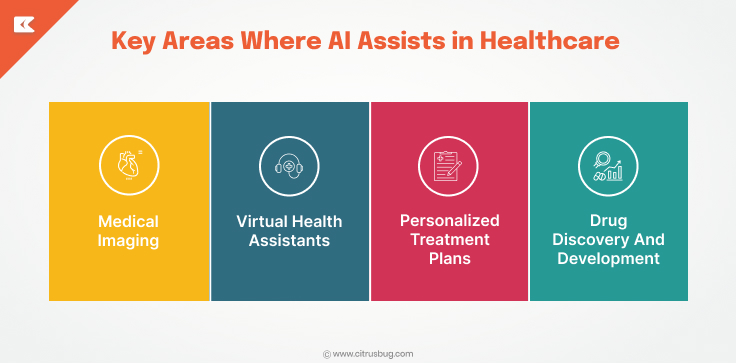AI in Medical Diagnosis: Develop Cutting-Edge Software with Expert Teams
- July 23, 2025
-
1397 Views
- by Ishan Vyas
Table of Contents
- Key Benefits of Intelligent Diagnostics in Healthcare
- Current Challenges in Medical Diagnosis
- How AI is Revolutionising Medical Diagnosis?
- Key Areas Where AI Assists in Healthcare
- AI’s Role in Modern Diagnostics
- AI in Medical Diagnosis Examples by Domain
- Key AI Technologies in Medical Diagnostics:
- The Role of AI Development Companies
- Conclusion
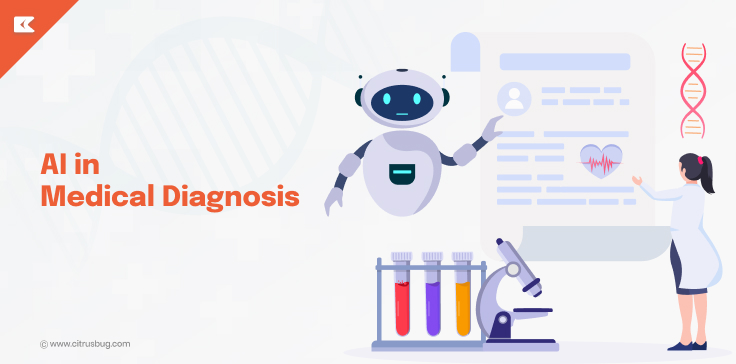
The healthcare sector is riding the wave of more advanced, data-driven modalities, and diagnostics is a part of the paradigm change. The integration of advanced technologies means that medical diagnosis is faster, more accurate and more efficient than it has ever been, with the potential for even more improvements.
Currently, machine learning and data analytics-based technologies are capable of processing large amounts of patient data in a short timeframe and providing healthcare professionals with actionable insights in real-time. This resolution is already being used in clinical pathways; the key use cases of AI in healthcare have been identified that show actual “improvement” in the delivery of care.
The current increase in usage represents a definitive upward trend in the market. The global market for intelligent diagnostic solutions reached USD 1.33 billion in 2023, with an expected CAGR of 22.5%, to reach $1.71 billion in 2024 and an estimated $4.72 billion by 2029.
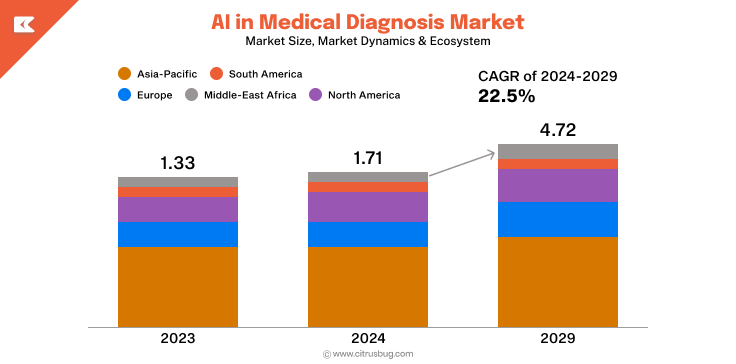
Key Benefits of Intelligent Diagnostics in Healthcare
- Greater Diagnostic Precision
Advanced systems can analyze a patient’s symptoms alongside historical records, test results, prescriptions, and imaging data. This layered analysis helps healthcare providers identify conditions more accurately and uncover underlying causes supporting more targeted and effective treatments. - Earlier Detection of Serious Illnesses
Intelligent diagnostic tools are capable of detecting subtle warning signs of diseases such as early-stage cancers or tumours, long before they become apparent through traditional methods. Early identification allows for timely intervention, which is often critical for successful outcomes. - More Personalized Care Plans
These systems help tailor treatments by evaluating individual factors like medical history, lifestyle habits, and genetic predispositions. The result is a personalized approach to care that improves recovery rates and reduces the risk of adverse reactions. - Improved Access to Timely Care
With always-on virtual assistants and remote monitoring tools, patients can receive guidance and support even when healthcare professionals aren’t immediately available. These systems also provide clinicians with real-time insights, enabling faster, data-informed responses. - Reduced Administrative Load on Clinicians
By automating repetitive tasks such as data entry, record organization, and consultation transcription, intelligent systems free up valuable time for medical professionals. This helps reduce burnout while ensuring clinical documentation remains accurate and well-maintained.
Current Challenges in Medical Diagnosis
Despite the progress in digital health technologies, medical diagnosis still faces several key challenges that can impact patient outcomes and operational efficiency:
- Inconsistent diagnostic accuracy: Studies show that diagnostic errors occur in nearly 5% of clinical encounters, often due to cognitive biases, limited experience, or incomplete information.
- Data fragmentation across systems: Patient health data is often stored across disconnected platforms, making it challenging for clinicians to gain a holistic view. This issue frequently hinders effective care coordination, highlighting the growing need for robust healthcare IT consulting services that focus on system integration.
- Technology over-reliance: While decision-support systems offer valuable insights, there’s a risk that clinicians may rely too heavily on these tools, potentially affecting independent clinical judgment.
- Ethical and trust concerns: The use of intelligent systems in diagnosis raises critical questions around fairness, explainability, and accountability. Transparent design and unbiased models are essential to building trust in such technologies.
- Training limitations: Many healthcare professionals still lack adequate training in the use of intelligent diagnostic tools, which limits adoption. Comprehensive training and onboarding are crucial for unlocking the full potential of modern AI solutions in healthcare.
These challenges call for solutions that are not only technologically advanced but also thoughtfully integrated into clinical environments. As covered in this guide to AI trends in healthcare, forward-thinking organizations are addressing these gaps through a combination of innovation, education, and responsible deployment.
How AI is Revolutionising Medical Diagnosis?
The increasing impact of intelligent technologies in healthcare has developed swiftly, with some of the most impactful developments in the area of diagnostics. Early use cases were focused primarily on automating administrative tasks in healthcare settings.
Today’s AI algorithms can analyse vast amounts of complex medical data with speed and scale, supporting clinical teams with image interpretation, pattern matching, and risk prediction. This evolving role in healthcare is impacting the workflow of diagnostics and enabling equitable decision-making and evidence-based practice for timely patient care.
Key Areas Where AI Assists in Healthcare
Beyond diagnosis, intelligent technologies are being implemented in a variety of healthcare-related areas, supporting increased accuracy, efficiency, and effectiveness. Major implementations consist of:
Medical Imaging: Intelligent systems are able to review, analyze, and interpret CT, MRI and other medical scans with a high degree of precision, identifying abnormalities such as tumours or early signs of disease in less time than humans were once tasked with doing. As a result, timely diagnoses and enhanced treatment planning are better supported.
Virtual health assistants: These tools guide patients on supporting their routine healthcare needs, such as appointment scheduling, tracking their symptoms or facilitating medication reminders – all without the need for continuous clinical oversight or intervention, rendering care more accessible and cost-effective.
Personalized treatment plans: Intelligent platforms can support clinicians in developing specific care strategies tailored to individuals, addressing their care needs by reviewing their medical history, lifestyle, and potentially their genetic information. Studies have shown that personalised treatment plans can produce better outcomes than using standardised treatment plans.
Drug discovery and development: In pharmaceutical research, intelligent systems utilize algorithms to model the behaviour of compounds so that pharmacologists can discover novel drug combinations and understand effective drug combinations. Intelligent systems reduce the time and cost related to the drug discovery and development cycle.
These applications reflect how organizations are increasingly adopting specialized AI solutions for healthcare to improve both clinical and operational performance across departments.
AI’s Role in Modern Diagnostics
The role of artificial intelligence in diagnostics has evolved from basic automation to becoming a critical component of clinical decision-making. What began as simple support for administrative tasks has now expanded into tools that assist in image analysis, risk assessment, and personalized care pathways. These technologies are helping healthcare professionals deliver more timely, data-informed, and equitable care.
Here are the key ways AI is actively transforming medical diagnosis:
-
Enhanced Accuracy and Pattern Recognition
Modern AI algorithms can analyze complex datasets, including imaging, lab results, and patient records, with speed and precision. They identify patterns that might be too subtle or time-consuming for humans to detect, enabling earlier and more accurate diagnoses. This reduces the risk of human error and supports more confident decision-making in clinical settings.
-
Predictive Insights for Proactive Care
By leveraging both historical and real-time data, AI models can assess the likelihood of disease progression or the emergence of specific health risks. These predictive analytics tools help care teams anticipate complications, prioritize at-risk patients, and take preventive action, leading to better long-term outcomes.
-
Personalized Diagnostic Pathways
AI systems enable care to be tailored at a deeper level by evaluating a patient’s medical history, genetic profile, lifestyle factors, and previous treatments. This allows clinicians to move beyond one-size-fits-all solutions and deliver diagnostic and therapeutic strategies suited to individual needs.
-
Workflow and Operational Optimization
AI is also making diagnostics more efficient by reducing administrative overhead. Intelligent systems can assist with everything from appointment scheduling and billing to generating structured clinical documentation. This not only improves patient throughput but also reduces clinician burnout.
-
Adaptive Learning and Continuous Improvement
Unlike traditional systems, AI platforms improve over time by learning from new data inputs and outcomes. This continuous feedback loop makes the technology more effective in use, critical in a field where medical knowledge is constantly evolving.
AI in Medical Diagnosis Examples by Domain
Innovative technologies are reshaping how healthcare professionals detect and manage complex conditions. Below are real-world applications where intelligent diagnostic tools are improving accuracy, efficiency, and patient outcomes.
1. Early Risk Detection in Cancer
Cancer remains one of the most widespread chronic conditions, with breast cancer cases alone expected to impact over 316,000 women and nearly 3,000 men in 2025, according to projections by the National Breast Cancer Foundation.
Traditional screening methods like mammography often fall short in detecting the disease at its earliest stages. To bridge this gap, intelligent imaging systems and predictive models are now being used to assess cancer risk. These tools analyze subtle patterns in medical scans and historical health data to help clinicians detect early indicators, often years before symptoms appear. This shift supports a more proactive, preventative approach to treatment planning.
2. Identifying Heart Failure Risk
Patients with a history of cardiac issues or those exposed to certain lifestyle-related risks require continuous monitoring to prevent serious complications. However, identifying individuals who are more likely to experience heart failure has historically been a complex task, given the range of contributing factors.
To support risk stratification, healthcare providers are now turning to data-driven models that analyze patient records, clinical markers, and lifestyle data. By tapping into patterns across electronic health records, these models help care teams spot early warning signs and monitor at-risk individuals more closely, especially when paired with remote monitoring platforms for ongoing care.
3. Smarter Radiology Workflows
Radiologists are under constant pressure to manage large volumes of scans, often under tight timelines. This can impact the speed and accuracy of diagnosing issues such as fractures, lesions, or signs of respiratory conditions.
To address these challenges, modern radiology systems are being equipped with language processing tools and pattern-recognition capabilities. These tools assist in identifying critical anomalies, flagging potential health concerns like lung congestion, and even supporting the creation of structured reports. As a result, radiologists can focus on decision-making while routine tasks are handled more efficiently.
4. Measuring Disease Progression More Precisely
Conditions like multiple sclerosis require ongoing evaluation to detect even minor changes that could affect treatment strategies. Traditionally, MRI scans have been the primary tool for this, but interpreting subtle variations over time can be difficult.
Newer methods now enhance MRI interpretation by analyzing scans in a more detailed, data-rich way. This allows healthcare teams to track disease progression more accurately, especially useful in managing neurodegenerative disorders like Alzheimer’s. These insights can lead to better-informed treatment decisions and improved patient monitoring over time.
Key AI Technologies in Medical Diagnostics:
A range of advanced technologies is now being used to support more accurate and efficient diagnostics in healthcare. These tools go beyond basic automation and bring clinical insight closer to the point of care:
- Medical Image Interpretation: Intelligent systems can assess medical visuals such as X-rays, CT scans, and even wound photographs, with a high degree of accuracy. In wound care, for example, these tools can evaluate depth, size, and healing patterns consistently, helping clinicians plan more effective treatments.
- Predictive Health Modeling: By examining patterns in both historical records and real-time data, predictive models can anticipate the likely course of a disease or identify high-risk patients early. This enables healthcare teams to intervene sooner and customize care strategies to prevent complications.
- Clinical Text Understanding (NLP): Natural Language Processing algorithms are used to extract meaningful insights from unstructured clinical data, such as physician notes or electronic health records. This allows healthcare providers to gain a clearer picture of a patient’s history, symptoms, and care needs all in less time.
- Remote Care Optimization: Telehealth platforms enhanced with intelligent tools can analyze images and patient inputs during live consultations. This capability is especially valuable in delivering quality care to patients in rural or resource-limited settings where in-person assessments may not be possible.
The Role of AI Development Companies
As the healthcare landscape continues to evolve, there’s a growing demand for intelligent systems that are purpose-built to meet the unique challenges of the industry. Off-the-shelf platforms often fall short, either lacking essential features or introducing unnecessary complexity and costs. In contrast, tailored solutions allow for precise alignment with clinical workflows, regulatory needs, and organizational goals.
Given the volume and sensitivity of healthcare data, any digital solution must meet strict privacy and security standards. It also needs to support high performance at scale especially when dealing with real-time diagnostics, large imaging files, or integrated patient monitoring systems. Building such a system requires a strategic approach that balances speed, usability, and compliance.
Collaborating with a healthcare software development company that understands both the technology stack and industry-specific nuances helps ensure that these solutions are robust, compliant, and ready for long-term scalability. The right development team brings a mix of technical know-how, healthcare domain expertise, and ongoing support from deployment to maintenance and performance optimization.
Whether the goal is to implement predictive analytics, automate routine diagnostics, or enable real-time remote monitoring, the right technology partner can help design a solution that is secure, scalable, and truly aligned with the needs of both providers and patients.
Conclusion
As the healthcare industry embraces digital transformation, AI-powered diagnostics are no longer a futuristic concept; they’re a current necessity. From improving diagnostic accuracy and reducing clinician workload to enabling personalized treatment and early disease detection, AI is redefining how we approach patient care.
However, to truly unlock the potential of intelligent diagnostics, healthcare providers must move beyond off-the-shelf tools and invest in purpose-built solutions. Collaborating with an experienced healthcare software development company ensures that these systems are secure, scalable, and tailored to your clinical environment.
Whether you’re looking to enhance radiology workflows, deploy predictive models, or streamline patient monitoring, building intelligent diagnostic solutions with the right expertise can accelerate your organization’s journey toward better outcomes and operational efficiency.
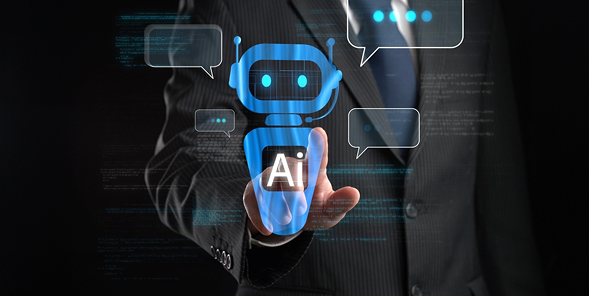
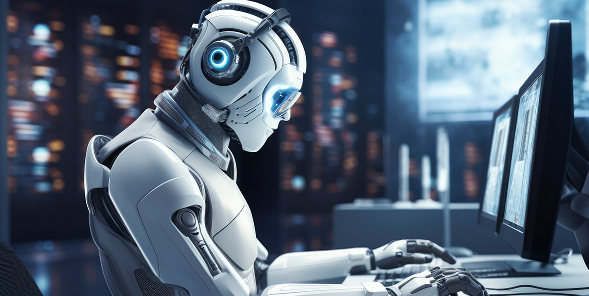
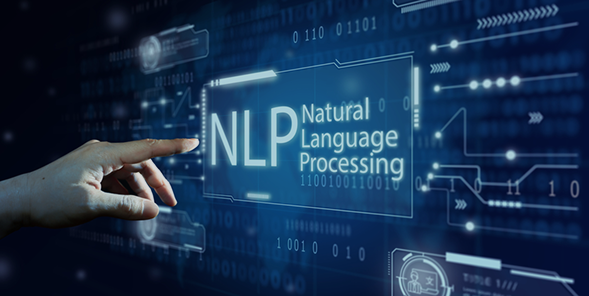
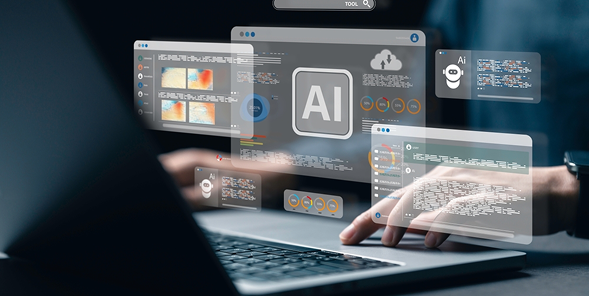

 SaaS Development
SaaS Development Web Application Development
Web Application Development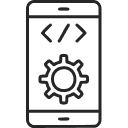 Mobile Application Development
Mobile Application Development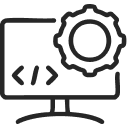 Custom Software Development
Custom Software Development Cloud Development
Cloud Development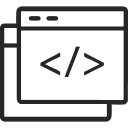 DevOps Development
DevOps Development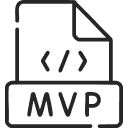 MVP Development
MVP Development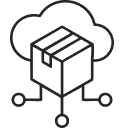 Digital Product Development
Digital Product Development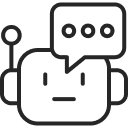 Hire Chatbot Developers
Hire Chatbot Developers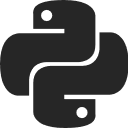 Hire Python Developers
Hire Python Developers Hire Django Developers
Hire Django Developers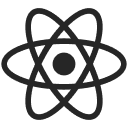 Hire ReactJS Developers
Hire ReactJS Developers Hire AngularJS Developers
Hire AngularJS Developers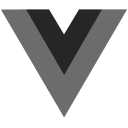 Hire VueJS Developers
Hire VueJS Developers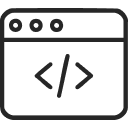 Hire Full Stack Developers
Hire Full Stack Developers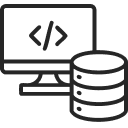 Hire Back End Developers
Hire Back End Developers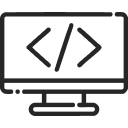 Hire Front End Developers
Hire Front End Developers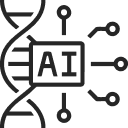 AI Healthcare Software Development & Consulting
AI Healthcare Software Development & Consulting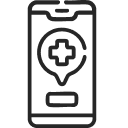 Healthcare App Development
Healthcare App Development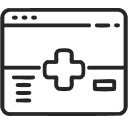 EHR Software Development
EHR Software Development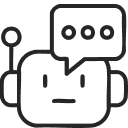 Healthcare AI Chatbot Development
Healthcare AI Chatbot Development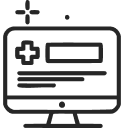 Telemedicine App Development Company
Telemedicine App Development Company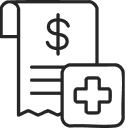 Medical Billing Software Development
Medical Billing Software Development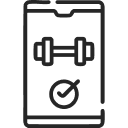 Fitness App Development
Fitness App Development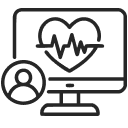 RPM Software Development
RPM Software Development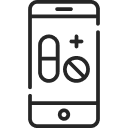 Medicine Delivery App Development
Medicine Delivery App Development Medical Device Software Development
Medical Device Software Development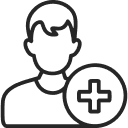 Patient Engagement Software Solutions
Patient Engagement Software Solutions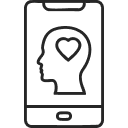 Mental Health App Development
Mental Health App Development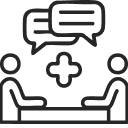 Healthcare IT Consulting
Healthcare IT Consulting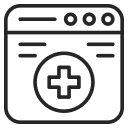 Healthcare CRM Software Development
Healthcare CRM Software Development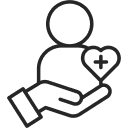 Healthcare IT Managed Services
Healthcare IT Managed Services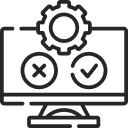 Healthcare Software Testing services
Healthcare Software Testing services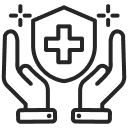 Medical Practice Management Software
Medical Practice Management Software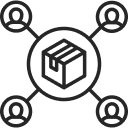 Outsourcing Healthcare IT Services
Outsourcing Healthcare IT Services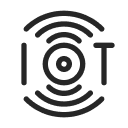 IoT Solutions for Healthcare
IoT Solutions for Healthcare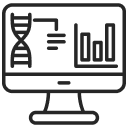 Medical Image Analysis Software Development Services
Medical Image Analysis Software Development Services Lending Software Development Services
Lending Software Development Services Payment Gateway Software Development
Payment Gateway Software Development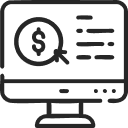 Accounting Software Development
Accounting Software Development AI-Driven Banking App Development
AI-Driven Banking App Development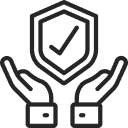 Insurance Software Development
Insurance Software Development Finance Software Development
Finance Software Development Loan Management Software Development
Loan Management Software Development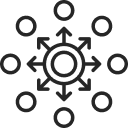 Decentralized Finance Development Services
Decentralized Finance Development Services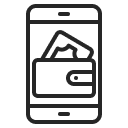 eWallet App Development
eWallet App Development Payment App Development
Payment App Development Money Transfer App Development
Money Transfer App Development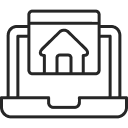 Mortgage Software Development
Mortgage Software Development Insurance Fraud Detection Software Development
Insurance Fraud Detection Software Development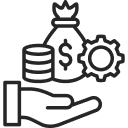 Wealth Management Software Development
Wealth Management Software Development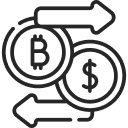 Cryptocurrency Exchange Platform Development
Cryptocurrency Exchange Platform Development Neobank App Development
Neobank App Development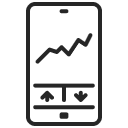 Stock Trading App Development
Stock Trading App Development AML software Development
AML software Development Web3 Wallet Development
Web3 Wallet Development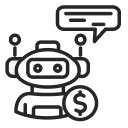 Robo-Advisor App Development
Robo-Advisor App Development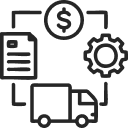 Supply Chain Management Software Development
Supply Chain Management Software Development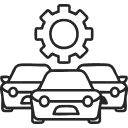 Fleet Management Software Development
Fleet Management Software Development Warehouse Management Software Development
Warehouse Management Software Development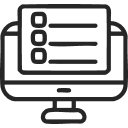 LMS Development
LMS Development Education App Development
Education App Development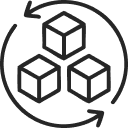 Inventory Management Software Development
Inventory Management Software Development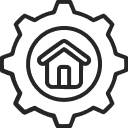 Property Management Software Development
Property Management Software Development Real Estate CRM Software Development
Real Estate CRM Software Development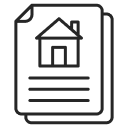 Real Estate Document Management Software
Real Estate Document Management Software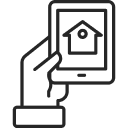 Construction App Development
Construction App Development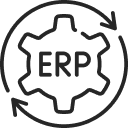 Construction ERP Software Development
Construction ERP Software Development





